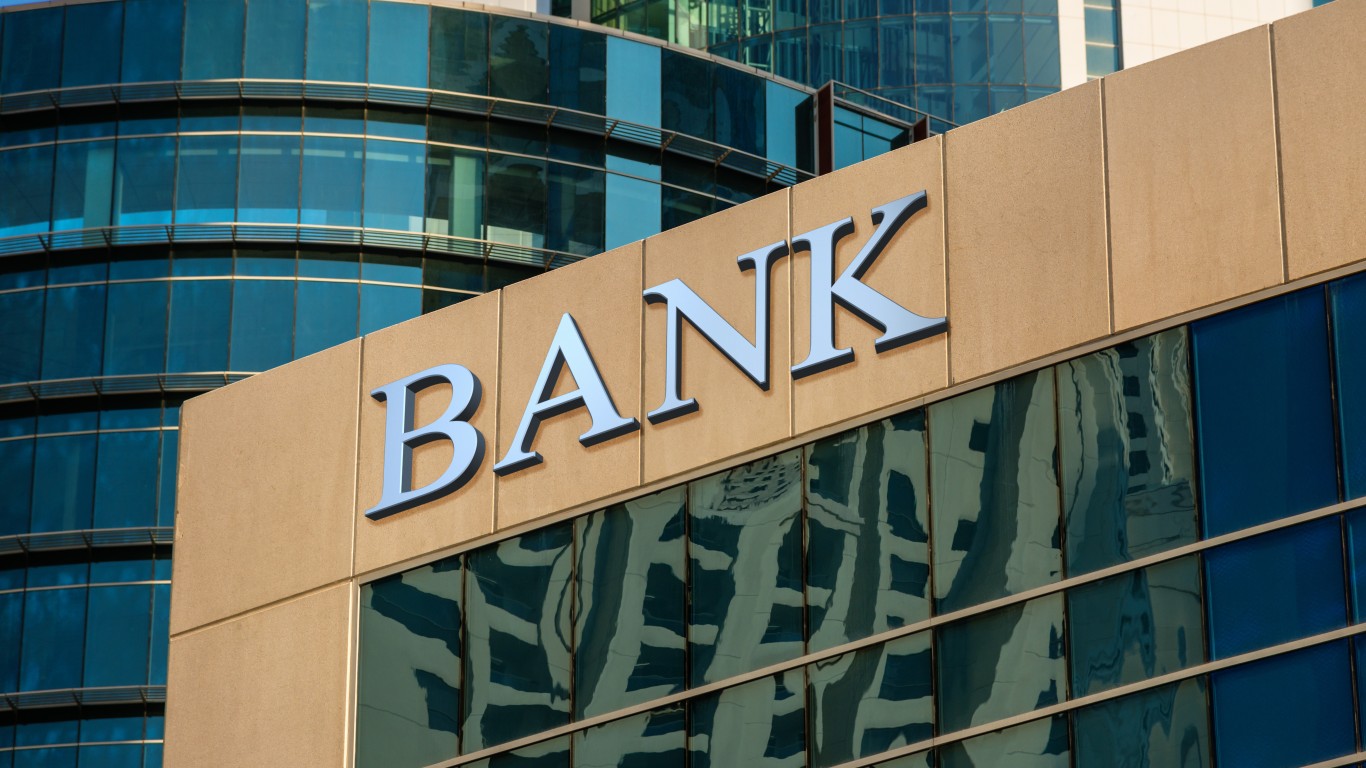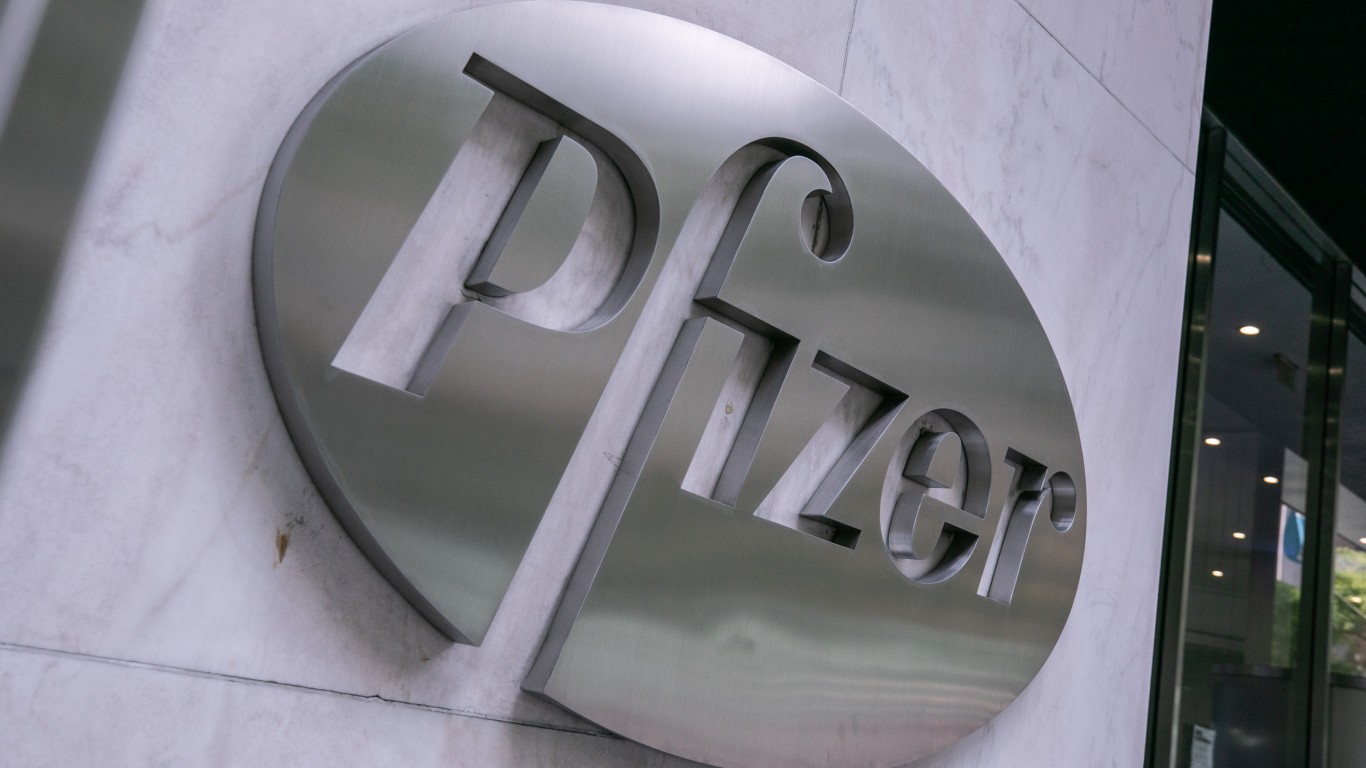
Banking stocks had a downbeat August with SPDR S&P Bank ETF KBE losing 7.9% past month (as of Aug 29, 2023). Invesco KBW Regional Banking ETF KBWR lost even higher 9.1% past month. Due to the banking stocks’ slump, inverse-leveraged bank ETN MicroSectors U.S. Big Banks Index -3X Inverse Leveraged ETN BNKD jumped as much as 31.3% past month. Several bank downgrades led to this slump.
Inside the Downgrades
Shares of several U.S. banks declined on Aug 22, as the ratings agency S&P Global followed Moody’s in slashing the former’s credit ratings on some regional lenders with high commercial real estate (CRE) exposure. S&P’s action will make borrowing more costly for a banking sector aiming to recover from a crisis emanating in Mar 2023, which resulted in failure of three banks.
The banks that suffered S&P Global’s cuts were Comerica (CMA), Associated Banc-Corp (ASB), KeyCorp (KEY), Valley National Bancorp (VLY), and UMB Financial (UMBF). S&P Global indicated that these banks will remain under pressure as long as the Federal Reserve continues to raise interest rates.
S&P’s action came weeks after similar downgrades by its peer Moody’s, which cut ratings on 10 U.S. banks and warned of potential downgrades for several large lenders.This signifies potential turbulence ahead in the banking sector, causing many to sell off banks and the inverse/leveraged bank ETF to jump.
Fitch Ratings too cut its assessment of the banking industry’s health in June, a move that analyst Chris Wolfe said went largely ignored because it didn’t activate downgrades on banks. But another one-notch downgrade of the industry’s score from AA- to A+ would lead Fitch to reevaluate ratings on each of the more than 70 U.S. banks it covers, Wolfe told CNBC in mid-August.
“These downgrades are mainly focused on the liquidity concerns now raised by multiple agencies where banks have a lot of loan portfolios that are only drawing 2.5-4.5% in interest income while now needing to pay depositors 4.5-5.5% in savings and money market accounts,” said Brian Mulberry, client portfolio manager at Zacks Investment Management.
What Lies Ahead?
Federal Reserve Chair Jerome Powell emphasized the need for continued vigilance in the battle against inflation in a meeting in Jackson Hole, Wyo on Aug 25. Powell emphasized that even though inflation has moderated slightly from its peak, it is still at an undesirable level. This may induce further rate hikes or a higher-than-longer interest rates.
Currently, there is a 51% likelihood of a 25-bps rate hike in November, up from 29.7% recorded a month ago, per CME Fed Watch Tool. There is 41.1% chance that the Fed will maintain its benchmark interest rate within the 5.25% to 5.50% range during the January 2024 meeting, while 41.7% chances are there for rates being within the 5.50% to 5.75% range during January meeting.
Hence, rate hike or not, one thing is evident from the latest Fed members’ speeches that interest rates are likely stay elevated for a longer period time. No rate cuts are expected in the near term. As of Aug 28, 2023, yield on three-month U.S. treasury note was 5.58%, higher than the 10-year note (i.e., 4.20%). One -year note yielded 5.44% while two-year note yielded 4.98%. This also indicates that the yield curve remains flattened, which is a negative for the banking stocks.
If these were not enough, U.S. regulators revealed plans on Aug 29 to force regional banks to issue debt in order to protect the public in the event of more failures. Impacted lenders will have to maintain long-term debt levels equal to 3.5% of average total assets or 6% of risk-weighted assets, whichever is higher, according to a fact sheet released on Aug 29, as quoted on CNBC.
Any Ray of Hope?
We expect the pressure to continue for bank stocks as the sentiments are bearish around the banking sector investing. Only some buy-on-dips activities can be seen occasionally. But investors should note that bank ETFs offer value. Invesco KBW Bank ETF KBWB, KBE and First Trust Nasdaq Bank ETF FTXO have a P/E of 9.38X, 6.85X and 9.49X, respectively against 17.86X P/E ratio offered by the S&P 500.
Earnings season have come in upbeat in the latest reporting season. The S&P 500 financial sector has recorded 4.3% gains in earnings with a beat ratio of 72.5% while the sector has reported 11.4% uptick in revenues with a beat ratio of 72.5%, per Zacks Earnings Trends issued on Aug 23, 2023.
Profits in consumer banking have surged due to increased credit card borrowing, higher loan charges, and robust consumer spending. JPMorgan JPM and Wells Fargo WFC, which have extensive consumer franchises, gained on the trend. Corporate activities have been downbeat. So, as long as consumers’ health is good, bank stocks will have a cushion.
Wells Fargo & Company (WFC): Free Stock Analysis Report
JPMorgan Chase & Co. (JPM): Free Stock Analysis Report
SPDR S&P Bank ETF (KBE): ETF Research Reports
Invesco KBW Bank ETF (KBWB): ETF Research Reports
Invesco KBW Regional Banking ETF (KBWR): ETF Research Reports
First Trust NASDAQ Bank ETF (FTXO): ETF Research Reports
MicroSectors U.S. Big Banks Index -3X Inverse Leveraged ETNs (BNKD): ETF Research Reports
To read this article on Zacks.com click here.
This article originally appeared on Zacks
100 Million Americans Are Missing This Crucial Retirement Tool
The thought of burdening your family with a financial disaster is most Americans’ nightmare. However, recent studies show that over 100 million Americans still don’t have proper life insurance in the event they pass away.
Life insurance can bring peace of mind – ensuring your loved ones are safeguarded against unforeseen expenses and debts. With premiums often lower than expected and a variety of plans tailored to different life stages and health conditions, securing a policy is more accessible than ever.
A quick, no-obligation quote can provide valuable insight into what’s available and what might best suit your family’s needs. Life insurance is a simple step you can take today to help secure peace of mind for your loved ones tomorrow.
Click here to learn how to get a quote in just a few minutes.
Thank you for reading! Have some feedback for us?
Contact the 24/7 Wall St. editorial team.





